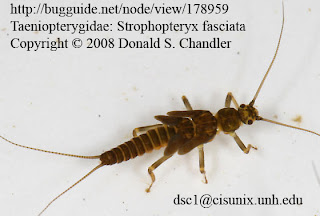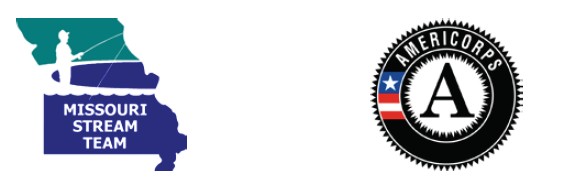I was a little hesitant to post this recipe because it is different from any pico I've seen in a restaurant. However, after a small amount of research: pico de gallo, I've decided that this does fit under the realm of pico de gallo. Also? It is delicious.
PICO DE GALLO
recipe from Taste of Home: Grill it! cookbook
3/4 cup diced zucchini
3/4 cup diced tomatoes
1/3 cup picante sauce
1 tablespoon lime juice
It was delicious on our fajitas. Then, we ran out of fajitas and it was equally delicious on a chicken wrap I had for lunch.
The accompanying fajitas weren't bad. But, they weren't......amazing either. If you're interested, here is the fajita recipe:
recipe from Taste of Home: Grill it! cookbook
3/4 cup diced zucchini
3/4 cup diced tomatoes
1/3 cup picante sauce
1 tablespoon lime juice
It was delicious on our fajitas. Then, we ran out of fajitas and it was equally delicious on a chicken wrap I had for lunch.
The accompanying fajitas weren't bad. But, they weren't......amazing either. If you're interested, here is the fajita recipe:
FAJITAS
recipe from Taste of Home: Grill it! cookbook
1 boneless beef sirloin steak (3/4 in. and 1 lb)
2 Tablespoons lime juice
2 Tablespoons canola oil
2 garlic cloves, minced
8 flour tortillas
recipe from Taste of Home: Grill it! cookbook
1 boneless beef sirloin steak (3/4 in. and 1 lb)
2 Tablespoons lime juice
2 Tablespoons canola oil
2 garlic cloves, minced
8 flour tortillas
Combine the lime juice, oil and garlic in a plastic container. Place beef in container and turn to coat. Marinate in the refrigerator for at least 30 minutes. Discard marinade and grill over medium heat for 6-8 minutes on each side or until meat reaches desired doneness.


















